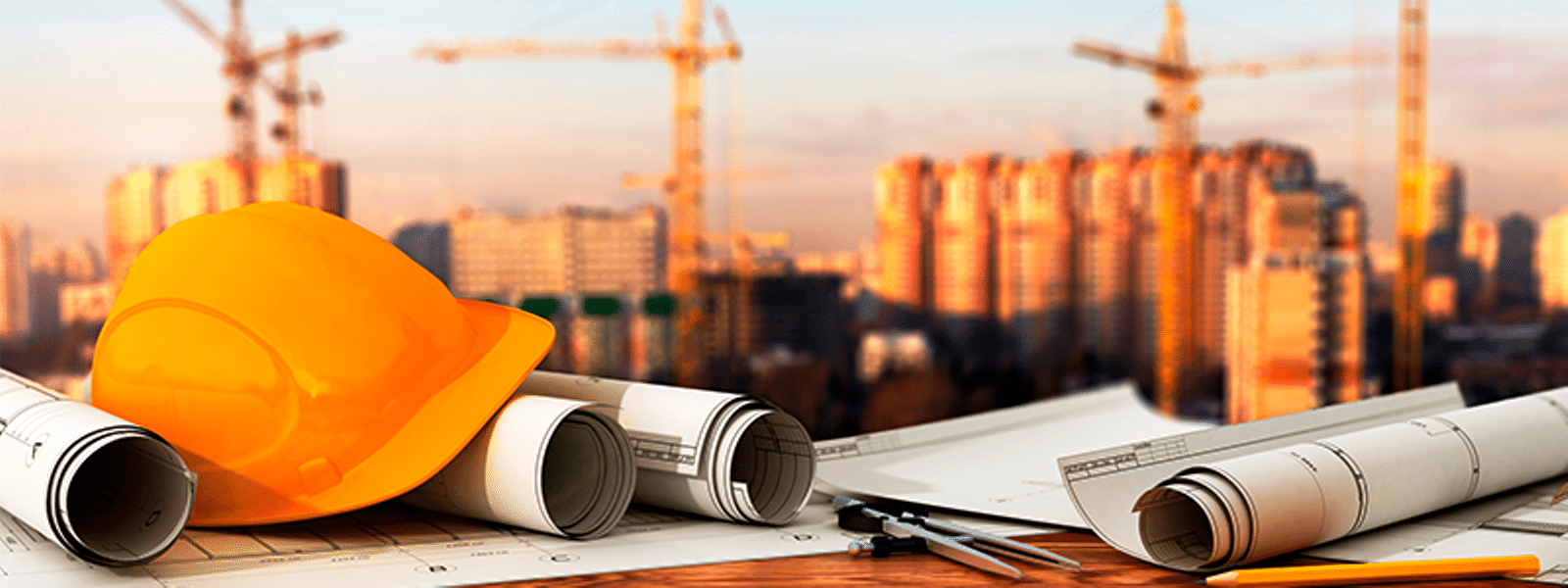Lecture: 4 hours
Tutorial: 2 hours
Practical: 3/2 hours
Year: II
Part: I
Course Objectives
To provide students with a deep understanding of the principles governing the behavior of fluids, encompassing both liquids and gases. This branch of physics and engineering aims to elucidate how fluids behave under various conditions and to equip students with the knowledge and skills necessary to analyze and solve practical problems related to fluid flow. It also enables students to apply fluid mechanics concepts to the design, analysis, and optimization of engineering systems involving fluids, such as pipelines, pumps, turbines and hydraulic systems.
Course Content
1. Fundamental Concepts of Fluids (8 hours)
1.1 Definition and characteristics of fluid, distinction between liquid and gases
1.2 Thermodynamic system, control volume and continuum concept
1.3 Basic fluid properties: Mass density, specific weight, specific gravity, cavitation, vapor pressure, surface tension, capillarity and viscosity
1.4 Isothermal and adiabatic compressibility
1.5 Liquid-vapour phase transition, Isobaric evaporation during heating, isothermal condensation during cooling, vapour pressure vs temperature
1.6 Fluid pressure and types, pressure head and basic pressure laws (Pascal law, hydrostatic law)
1.7 Pressure measurement: Manometers (piezometer, U-tube manometer and micro manometers)
2. Fluid Statics (10 hours)
2.1 Hydrostatics forces on plane and curved surfaces; concepts
2.2 Hydrostatic thrusts on submerged surfaces; total pressure and centre of pressure (Plane and curve surfaces)
2.3 Pressure diagram (plane and curve surfaces)
2.4 Computation of pressure forces on gates, dams and civil hydraulic structures (Plane and curve cases)
2.5 Buoyancy and Archimedes principle, floatation concept
2.6 Condition of equilibrium: Stability of submerged and floating bodies
2.7 Metacenter and determination of metacentric height (Analytical and experimental method)
2.8 Liquid in relative equilibrium: Liquid in a container subjected to uniform acceleration in horizontal, vertical and inclined directions; uniform radial acceleration about vertical axis
3. Fluid Flow Kinematics (8 hours)
3.1 Lagrangian and Eulerian concept in fluid flow, classification of flow
3.2 Description of flow patterns: Streamlines, streak lines, path lines (Equations and practical examples)
3.3 Stream tube, stream functions and velocity potentials functions, total acceleration
3.4 Conservation principle of mass, continuity equation of Cartesian and polar co-ordinates
3.5 Discharges and mean velocity of flow
4. Fluid Dynamics (6 hours)
4.1 Various forces acting on a fluid in motion (Gravitational, pressure, viscous, turbulent, surface tension and compression)
4.2 Concept of Reynold and Navier-Stokes’ equation of motion
4.3 Euler’s equation of motion and its application
4.4 Bernoulli’s equation: Concept, assumptions, application examples
4.5 Momentum and fluid flow, linear momentum equations for two-dimensional flow and moment of momentum equation
5. Application of Energy and Momentum Equation (12 hours)
5.1 Flow measurement devices: Venturi-meter (Horizontal, inclined and vertical), orifice meter, nozzle meter and Pitot tube (Working principal, governing equations and application examples)
5.2 Flow through orifices: Small orifice, large orifice, partially and totally submersed orifices (Equations and examples)
5.3 Hydraulic coefficients and their determinations
5.4 Flow over notches and weirs, discharge equations, concept of end contraction and approach velocity
5.5 Force exerted by jets striking a flat plate and moving (Plane and curve) vanes
5.6 Force exerted on pipe bends and closed conduits
6. Dimensional Analysis and Physical Modelling (8 hours)
6.1 Introduction to dimensional analysis (Physical quantity and their dimensions)
6.2 Methods of dimensional analysis: Rayleigh’s method and Buckingham’s π-theorem
6.3 Applications of dimensional analysis in fluid flow problems
6.4 Concept of physical modelling and its relation to dimensional analysis
6.5 Types of similarities
6.6 General model laws, application of Reynold’s and Froude’s model law in civil engineering
7. Flow Through Submerged Body and Boundary Layer Theory (8 hours)
7.1 Description of boundary layer and its thickness (Flat plate only)
7.2 Laminar and turbulent boundary layer on a flat plate with zero pressure gradient
7.3 Friction drags for laminar and turbulent boundary layer, engineering examples
7.4 Effect of pressure gradient and flow separation concept
7.5 Concept of drag and lift (Types and formulas)
7.6 Drag on cylinder and flat plate, application in engineering
Tutorial (30 hours)
- Fluid Properties, manometers and pressure
- Hydrostatic force calculations for plane and curved surface
- Buoyancy and liquid in relative equilibrium
- Kinematics (Streamline, streak line and path line) and mean velocity and discharge
- Application of Bernoulli’s equation
- Flow measurement and flow through orifices and notches and weirs
- Momentum equation on flat or curved plate, pipe bends etc.
- Dimensional analysis and physical modelling
- Boundary layer and drag and lift
- Use of CFD (Some available software) in fluid flow calculations (Demo or few hands on exercises)
Practical (22.5 hours)
- Determination of viscosity, specific gravity of fluid
- Hydrostatic force on plane and curved surface
- Buoyancy and floatation
- Stream lines and path lines with the help of dye and cameras
- Verification of Bernoulli’s equation
- Force of jets on flat and curved vanes
- Physical model making (Simple conceptual related to civil engineering)
Final Exam
The questions will cover all the chapters in the syllabus. The evaluation scheme will be as indicated in the table below:
| Chapter | Hours | Mark distribution* |
|---|---|---|
| 1 | 8 | 8 |
| 2 | 10 | 14 |
| 3 | 8 | 6 |
| 4 | 6 | 6 |
| 5 | 12 | 12 |
| 6 | 8 | 8 |
| 7 | 8 | 6 |
| Total | 60 | 60 |
- There may be minor deviation in marks distribution.
References
- White, F.M. (2016). Fluid Mechanics. McGraw-Hill.
- Dixon, S.L., Hall, C. (2014). Fluid Mechanics and Thermodynamics of Turbomachinery. Butterworth-Heinemann.
- Munson, B.R., Young, D.F., Okiishi, T.H. (2012). Fundamentals of Fluid Mechanics. John Wiley and Sons.
- Modi, P. N., Seth, S. M. (2017). Hydraulics and Fluid Mechanics. Standard book house.
- Borgnakke C. Sonntag R.E. (2019). Fundamental of Thermodynamics, John Wiley and Sons.
- Sangroula D.P. (2019). Fundamental of Fluid Mechanics.
